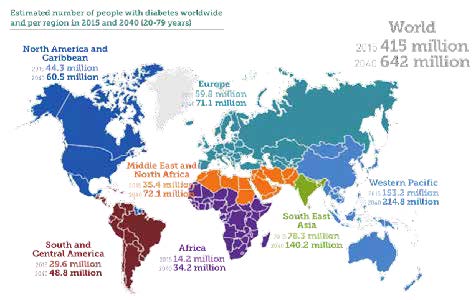In the near future, simple and inexpensive sensor devices will permit citizens to perform a range of self-diagnostic analyses without professional training or expensive laboratory facilities. Also, similar sensors are in demand to cope with the increasing challenges in detection of food contaminants and in environmental monitoring. Nano-sensors can be highly sensitive, and at the same time cheap due to the small amount of raw material needed. This project designs several such sensor candidates based on nanostructured graphene materials.
Graphene, an atomically thick layer of graphite, can be engineered to obtain the biocompatible properties in demand for chemosensor and biosensor applications.
Firstly, graphene was functionalized with the small bio-molecule dopamine and used for detection of melamine. Melamine is a well-known food contaminant, i.e. found in low-quality dairy products. The developed sensor was capable of detecting melamine in extremely low quantities – with a lower detection limit of 0.4 nM.
Secondly, twenty different amino acids were used for the green synthesis of nitrogen doped graphene. The amino acid lysine was found to be most efficient. The resulting nitrogen doped graphene was used for dopamine chemo-sensing.
For other graphene-based bio-sensing applications, graphene was first functionalized with a branched polymer to derive a biocompatible graphene matrix for stable accommodation of more complex bio-recognition elements such as enzymes. The graphene was used for novel glucose sensing. In the next step, the pre-synthesized biocompatible graphene was functionalized with a redox active molecule, ferrocene. The engineered graphene was further functionalized with enzymes and used for glucose and cholesterol bio-sensing.
Finally, the bio-functionalized graphene was step-wise converted to a printable ink and further used for fabrication of flexible and screen-printed bio-sensing devices. The screen-printed electrodes were tested for glucose level measurements in real human serum samples, and found to be closely comparable with the results obtained by the standard clinical methods in a hospital
 Illustration:
Illustration:
Estimated number of diabetic population worldwide in 2015 and 2040 (20-79 years) (adapted from idf.org)